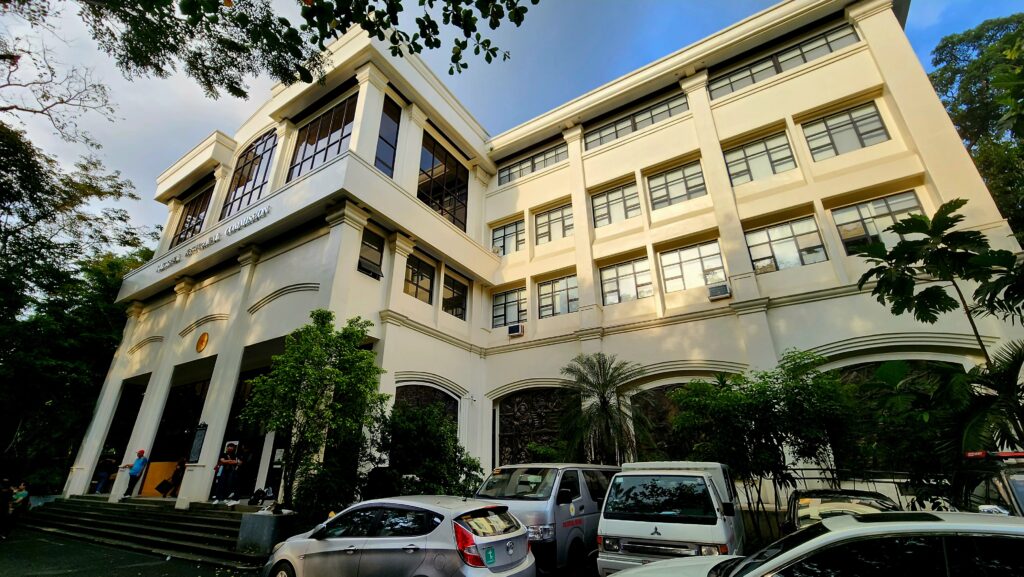The National Historical Commission of the Philippines opened up to the public and made activities surrounding the writing and learning of history more fascinating as it celebrated its 90th anniversary from 23 to 25 October, which is quite a milestone.
The state agency that deals with anything about history started out in 1933 as the Philippine Historical Research and Markers Committee during the American colonial government to identify, designate and mark “historic antiquities” in Manila. In 1937, the original committee became the Philippines Historical Committee after the establishment of the Philippine Commonwealth with additional mandates “to preserve or repair important antiquities owned by the government of the Philippines or any of its political subdivisions,” and “to acquire by purchase or otherwise, antiquities owned by private persons.”
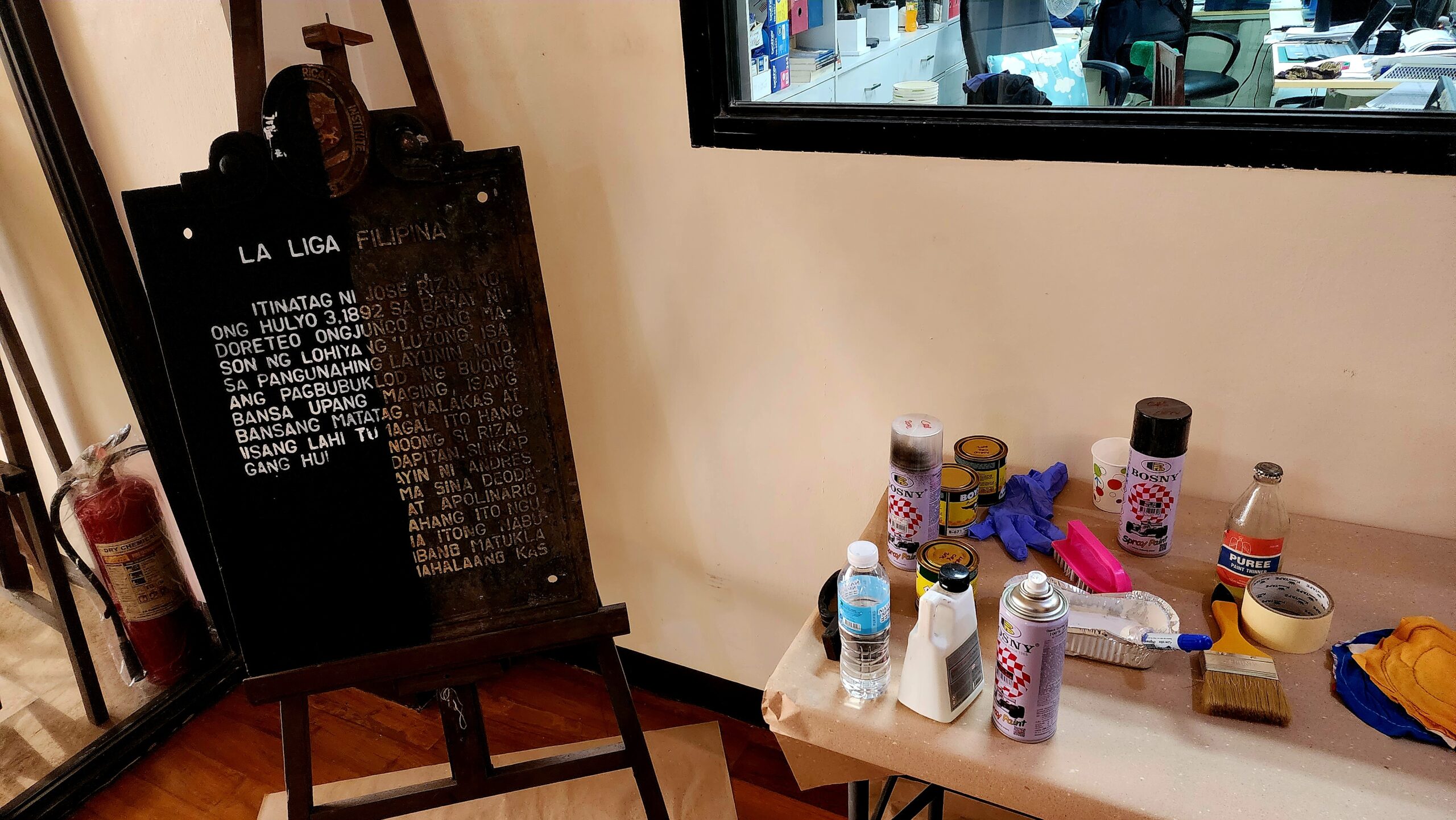
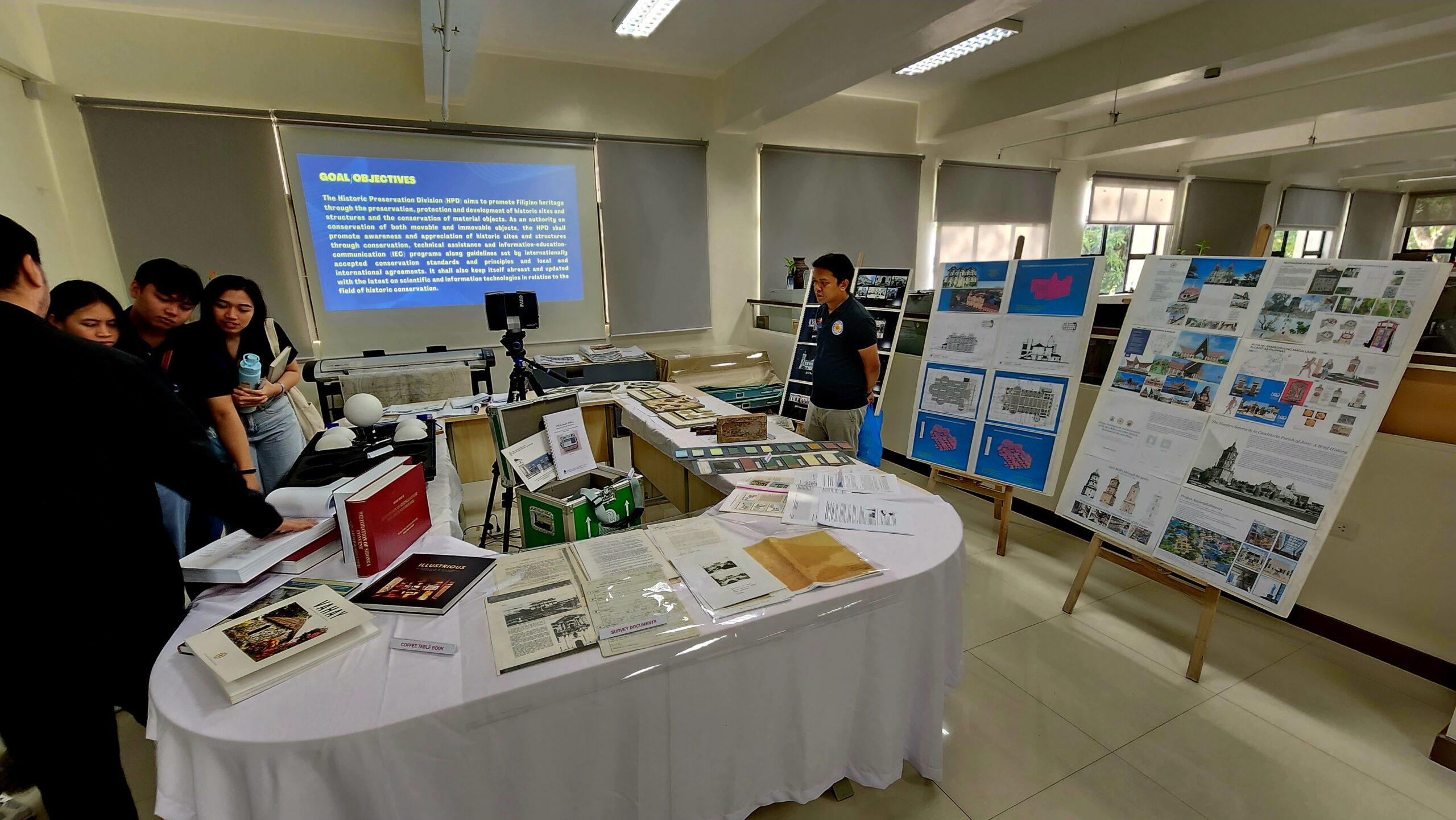
The Historical Committee became the National Historical Commission in 1965, after being merged with the National Heroes Commission, which had the functions of commemorating historic events, administering historic sites, and conducting and publishing researches. In 1972, the Commission was renamed National Historical Institute, after other abolishing commemorative agencies such as the Osmeña Memorial Commission and Philippine Heraldry Committee under the Integrated Reorganization Plan, and historic sites were then designated as national shrines. It eventually became National Historical Commission of the Philippines in 2010 through Republic Act 10086 with a more comprehensive mandate of promoting and preserving Philippine history and heritage.
As NHCP celebrated its 90th anniversary its many projects as well as functions were highlighted. Some of these were explained in their social media accounts and some demonstrated during the NHCP Open House on 25 October at their main office on T.M. Kalaw Avenue in Ermita, Manila, opening their doors to and affording the public a more intimate interaction with the agency.
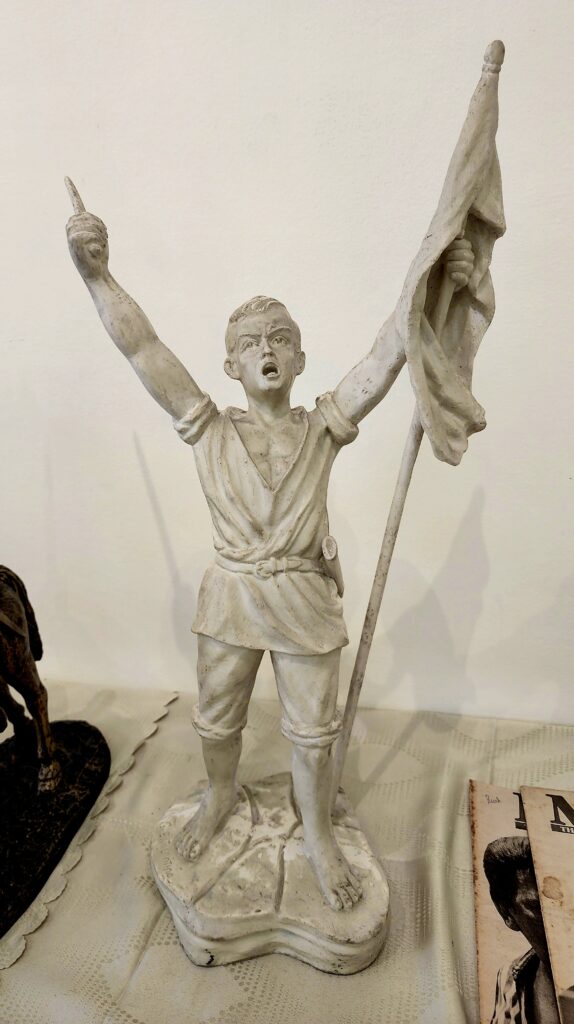

Mounted by a curatorial team composed of Gina Batuhan, Bryan Paraiso, Jovan Soriano, Josef Alec Geradila, Jefry Estrella, Carolle Manalastas, Katherine Kay Oliveros, Eufemlo Agbayani III, Geraldine Gentozala, Alvin Lorena and Cris Emmanuel Lazaro, the exhibit, Bukás-Tuklás: Uncovering the NHCP Collection of the Historical Sites and Education Division, showcased several historical artifacts including reproductions by National Artist Gullermo E. Tolentino of Jose Rizal’s 1894 sculptures Oyang Dapitana and Mother’s Revenge from the Vera Cruz Collection; the National Artist medallion and collection of bazooka munitions of Carlos P. Romulo; a first-edition copy of Rizal’s Noli Me Tangere; copies of Mr. & Ms. magazines chronicling the 1986 EDSA People Power Revolution; and bozzetti in plaster of Paris for the monuments of Juan Luna, Lapulapu, Miguel Malvar and Andres Bonifacio.
Also available for viewing by visitors was the exhibit Bakit Malolos? in celebration of the 125th anniversary of the ratification of Philippine independence at the second-floor lobby. First mounted as an online exhibit of the Barasoain Church Historical Landmark and Museo ng Republika ng 1899 in 2020 and then as a physical exhibit at the Session Hall of the Senate of the Philippines in September, it explains why the town of Malolos was selected as the capital of the newly born nation in 1898, and also features the houses used as offices by the government led by President Emilio Aguinaldo, as well as the names of the delegates to the Malolos Congress.
The Historic Preservation Division put up Histoktrura: An Exhibit on Built Heritage Preservation, which explained to visitors the functions of the office and the meticulous process of historic preservation.
On the other hand, the Materials Research and Conservation Division conducted guided tours inside their conservation laboratory, which included a demo on the restoration of historical markers, which involved scraping off the rust and repainting; the showing of their wet lab and instruments for testing objects; showing the repair of objects using a microscope; a demo of painting restoration; and explanation on paper conservation.
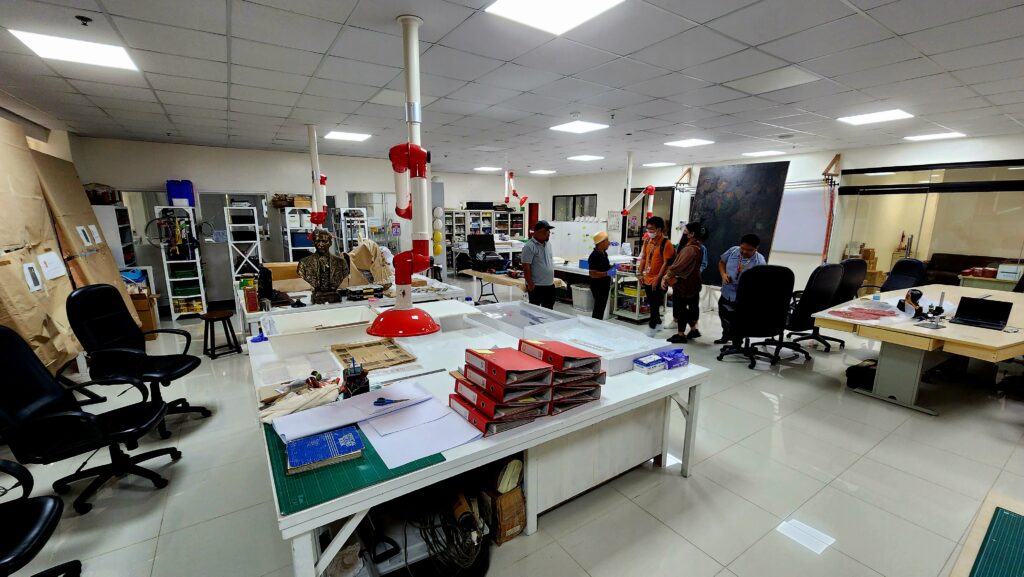
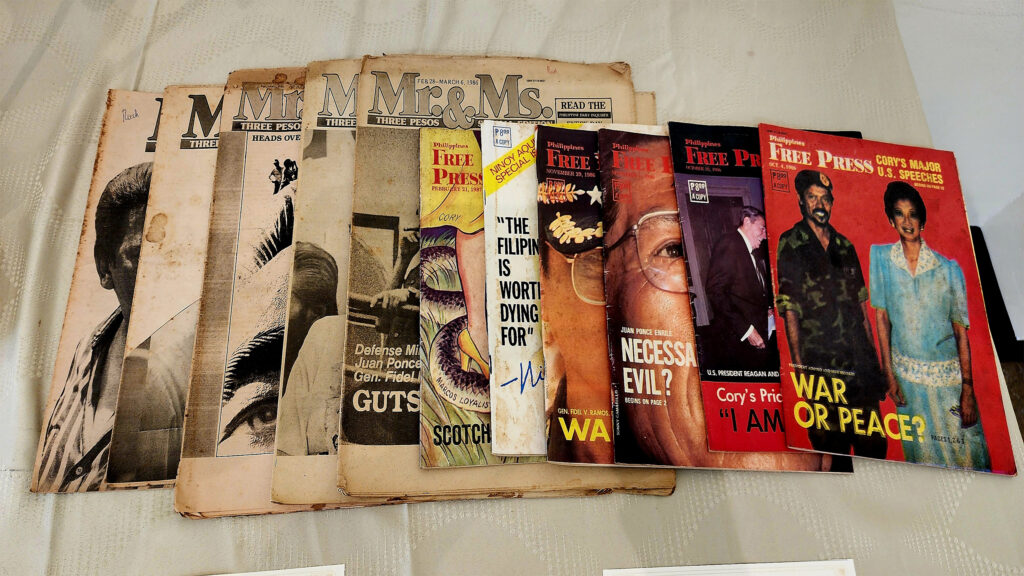
Since 1933, the NHCP has been authorized to placed historical markers on sites of historical significance. It also undertakes and prescribes the manner of restoration, conservation and protection of heritage structures and historical objects.
The NHCP also held a book sale of its numerous publications. The agency has been publishing historical works and researches on history as well as producing materials in various media and enabling wider dissemination. It also regularly holds lectures and conferences.
Another important function of NHCP is conducting researches on controversial issues to settle disputes and correct previous assumptions and publishing new findings. The latest was the rectification of painter Juan Luna’s birth date. The Research, Publication and Heraldry Division held a special lecture and presser on the matter during the Open House at the NHCP Multipurpose Hall, which was also in commemoration of Luna’s 166th birth anniversary.
The NHCP Board of Commissioners passed Resolution No. 18, Series of 2023, on 3 October, correcting the date of birth of prominent painter. The resolution states that Luna was three days old when he was baptized on 27 October 1857, according to the baptismal record in Badoc Church in Ilocos Norte, preserved in the visto bueno (certificate of good moral character) and obtained from the National Archives of the Philippines. During the conventions of the era, the day of birth was already regarded as the first day of birth of an individual. Based on the findings of the NHCP, Luna was born on 25 October 1857, as opposed to 23 or 24 October 1857. The lecture explained the method of establishing Luna’s date of birth.
The NHCP anniversary was also observed in its different museums all over the country. The NHCP oversees the management of 29 museums as well as maintains, and administers a number of national shrines, monuments and historical sites as part its duties, aside from the more known declaration and commemoration of significant historical events and regulation of the design and manufacture of heraldic items of government agencies.
The highlight of the anniversary celebration was the launch of its centennial celebration, held at the Presidential Car Museum, Quezon City, on 23 October with a program, “Patuloy Sa Pagtuklas: The NHCP Centennial Anniversary Launch,” that included performances from the Rizal Technological University Alumni Association Chorale and poet Vim Nadera, narrating the agency’s history.
Current NHCP chairman Emmanuel Franco Calairo said in his message that the centenary celebration theme, “Patuloy Sa Pagtuklas” (Continue Discovering), is “a challenge to continue in our mission of discovery in the midst of a rapidly changing world and a reminder to all Filipinos of our capacity to live up to and beyond the dreams and aspirations of those who came before us.”
